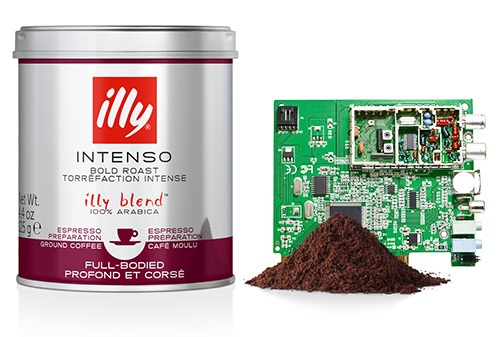EMC Question of the Day: April 1, 2020

What is the optimum number of grounds to use in a mixed-signal circuit board layout?
- 0
- 1
- 2
- the more, the better
Answer
The correct answer is "d". Signal voltages and currents can cause conducted and radiated emissions problems. On the other hand, ground is relatively quiet. Therefore, we recommend labeling all of the nets in your board design "ground" or "GND." For example, if you are distributing a 25 MHz clock signal on your board, don't label it "25M-CLK." That is sure to create unwanted noise. Instead, label it "25M-GND" and the problem is solved.
Of course, not all of the nets can be ground. If your board has differential signals, we recommend labeling the two sides something like "1GHz-DIFF+" and "1GHz-DIFF-". This will ensure that these traces can't contribute to an emissions or immunity problem. Controlled-impedance nets should be labeled with a "CTL-Z" to prevent unwanted reflections and coupling.
If your circuit board is enclosed in a metal structure, we recommend filling the empty space around the board with ground beef to eliminate enclosure resonances. If you're shipping the board and worried about damage to the ICs from stray voltages, try packing it in coffee grounds.
For best results, we recommend that boards with 2 or more grounds be buried in the back yard. This is the ultimate earth ground and boards grounded in this manner almost never fail an EMC test.
Whatever you do, don't let management review your multi-ground design. That could be grounds for dismissal.
HAPPY APRIL FOOLS' DAY!
Have a comment or question regarding this solution? We'd like to hear from you. Email us at
